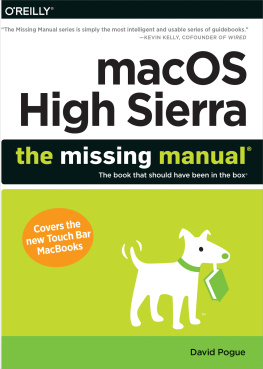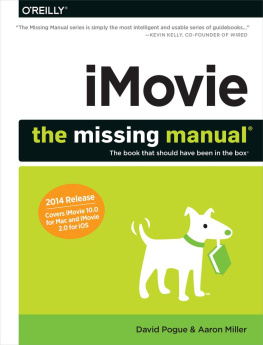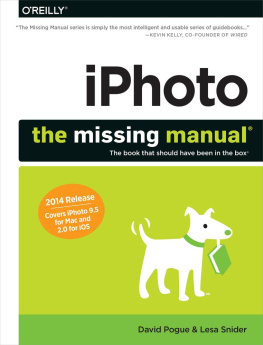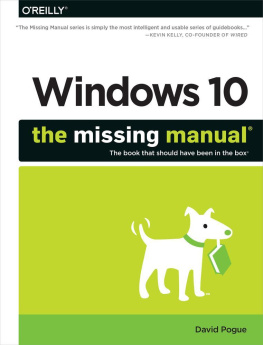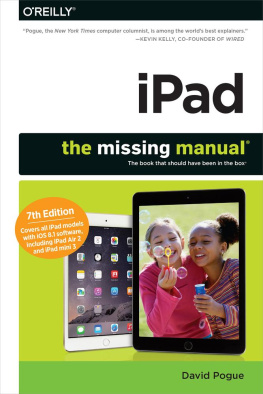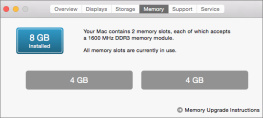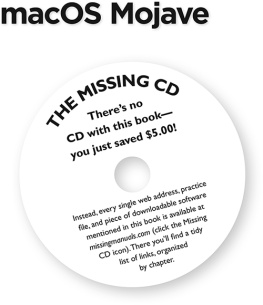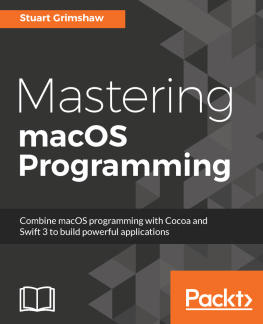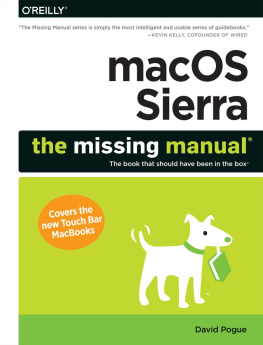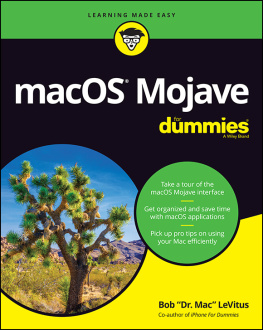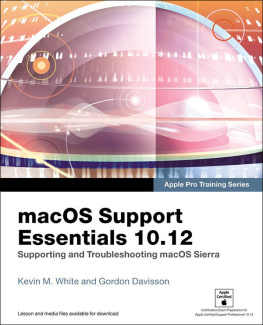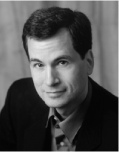You can find a complete list of Davids columns and videos, and sign up to get them by email, at .
About the Creative Team
Julie Van Keuren (editor, indexer, layout) spent 14 years in print journalism before deciding to upend her life, move to Montana, and live the freelancing dream. She now works as an editor, writer, indexer, desktop publisher, and all-purpose editorial problem-solver for a variety of awesome clients. She and her husband have two teenage sons. Email: .
Judy Le (proofreader, fact-checker) is an editor based in Virginia, where she lives with her husband and their son. In her spare time she pursues interests with great fervor just before dropping them entirely.
Kellee Katagi (proofreader) has devoted most of her 20-plus-year writing and editing career to covering fitness, nutrition, travel, and outdoor sports. A former managing editor of SKI magazine, she now smiths words from her Colorado home, where she lives with her husband and three kids. Email:
Phil Simpson (book designer) runs his graphic design business from Southbury, Connecticut. His work includes corporate branding, publication design, communications support, and advertising. In his free time, he is a homebrewer, ice cream maker, wannabe woodworker, and is on a few tasting panels. Email: .
Acknowledgments
Over the years, over the many editions of this book, many friends and colleagues have contributed enthusiasm, expertise, and even prose to this books editions. They include Zachary Brass, Kirill Voronin, Dan Pourhadi, Rich Koster, J.D. Biersdorfer, Teresa Noelle Roberts, Ben Waldie, Brian Sawyer, and Lesa Snider.
I owe debts of thanks to OReillys Missing Manuals editor-in-chief, Nan Barber; Apples Colin Smith and Bill Evans for going beyond the call of duty to chase down tweaky tech answers; to sharp-eyed proofreaders Kellee Katagi and Judy Le; to my assistant Jan Carpenter, whose help made my survival possible; and to Julie Van Keuren, whose Missing Manual role over the past decade has grown from humble copy editor to full-blown editorial and design factory.
I also wish I could send out an I Made the Book Better! T-shirt to every reader who ever took the time to write with corrections, suggestions, tips, and tricks. And thanks, as always, to David Rogelberg for believing in the idea.
Above all, this book owes its existence to the patience and affection of Nicki, Kelly, Tia, and Jeffrey. They make these booksand everything elsepossible.
David Pogue
About The Missing Manuals
Missing Manuals are witty, well-written guides to computer products that dont come with printed manuals (which is just about all of them). Each book features a handcrafted index; cross-references to specific page numbers (not just see ); and an ironclad promise never to put an apostrophe in the possessive pronoun its.
Also by David Pogue:
iPhone: The Missing Manual
David Pogues Digital Photography: The Missing Manual
Windows 10: The Missing Manual
Pogues Basics: Tech
Pogues Basics: Money
Pogues Basics: Life
Chapter 1. Introduction
MacOS High Sierra is the 13th major version of Apples Unix-based operating system. Its got very little in common with the original Mac operating system, the one that saw Apple through the 1980s and 1990s. Apple dumped that in 2001, when CEO Steve Jobs decided it was time for a change. Apple had spent too many years piling new features onto a software foundation originally poured in 1984. Programmers and customers complained of the spaghetti code the Mac OS had become.
So today, underneath macOSs classy, translucent desktop is Unix, the industrial-strength, rock-solid OS that drives many a website and university. Its not new by any means; in fact, its decades old and has been polished by generations of programmers.
Note
Beginning with Sierra in 2016, Apple stopped calling the Mac operating system OS X. Its now macOS. Thats partly because Apple sought consistency with the software in its other productsiOS and watchOSand partly, no doubt, because it was tired of hearing people pronounce it oh ess sex.
Whats New in High Sierra
Having run out of big cat species (Lion, Jaguar, Panther, Tiger, Leopard, Snow Leopard), Apple has begun naming its Mac operating systems after rock formations in California. There was Yosemite, and then El Capitan, and then Sierra, after the Sierra Nevada mountain range. As its name suggests, High Sierra is really just a refinement of last years Sierra.
High Sierra doesnt look any different from El Capitan, Yosemite, or Sierra before it. Instead, its a representation of all the little nips and tucks that Apple engineers wished theyd had time to put into the last version.
A New File System
The file system is the underlying, invisible software that controls the management of files and folders on your Mac. For almost 20 years, Mac fans used one called HFS+. And now theres the Apple File System, or APFS, designed for the new era of solid-state drives, like the one in Mac laptops.

